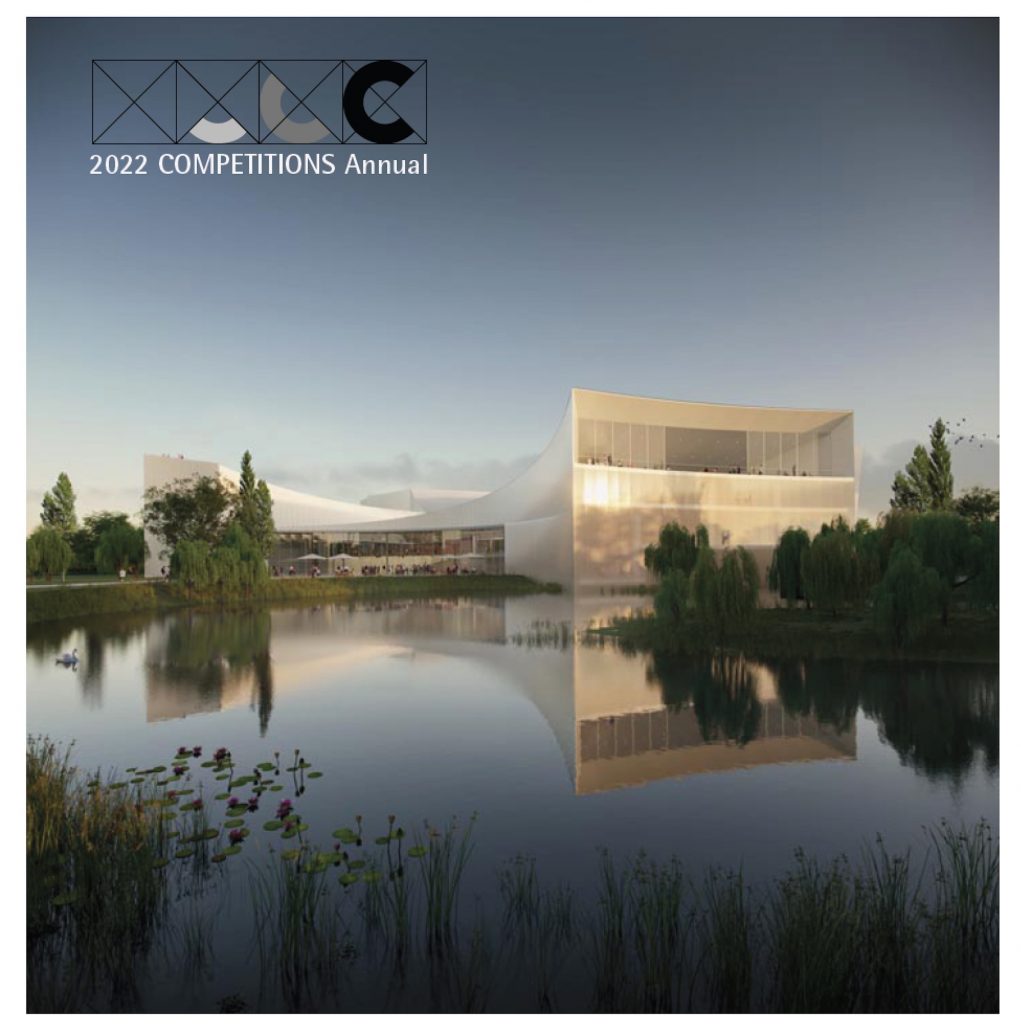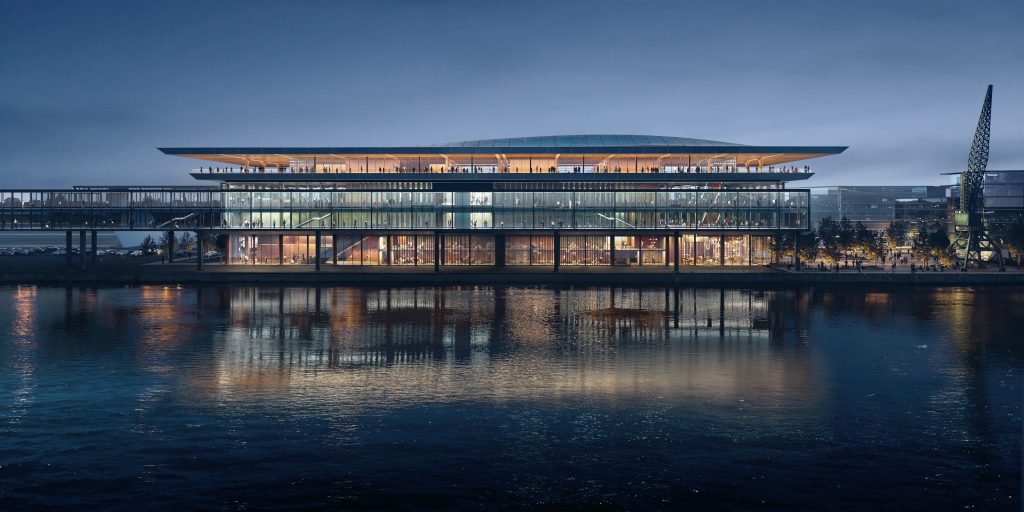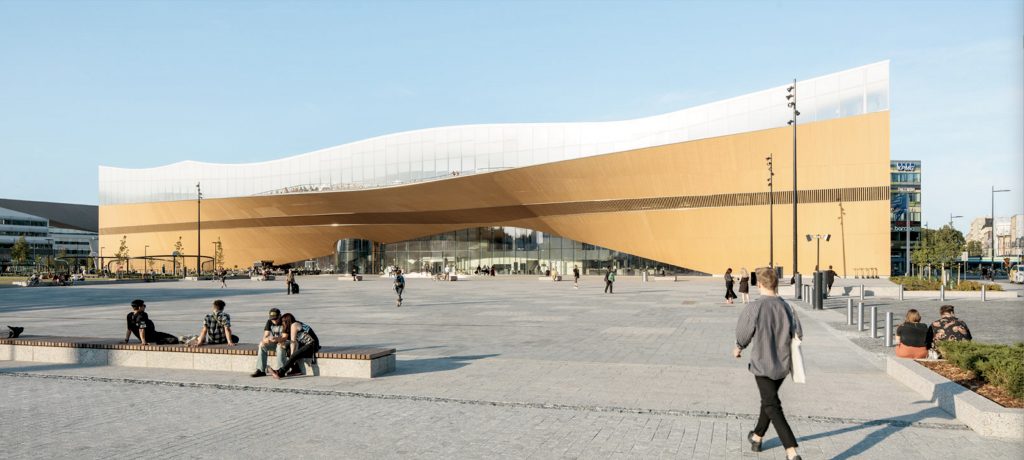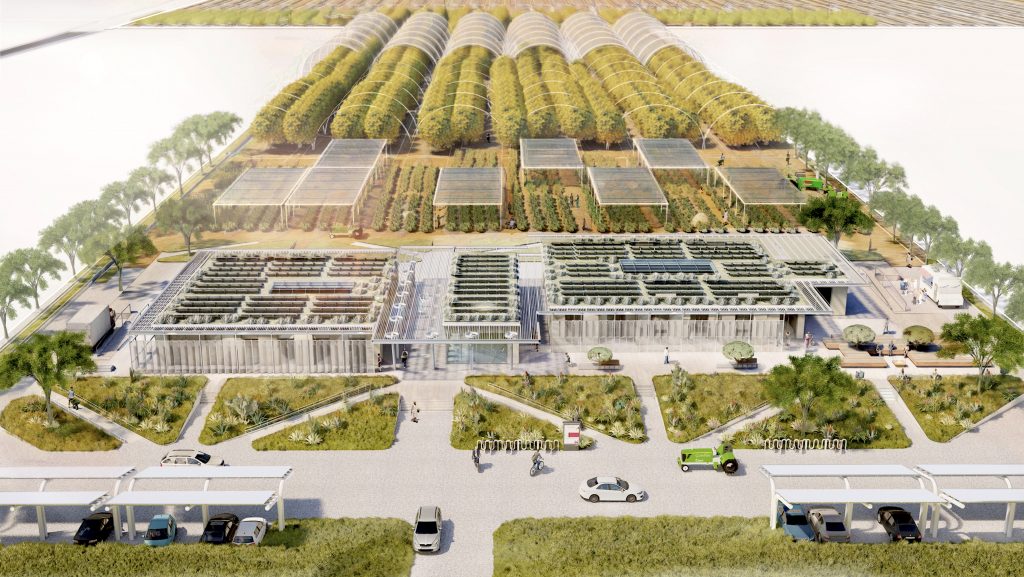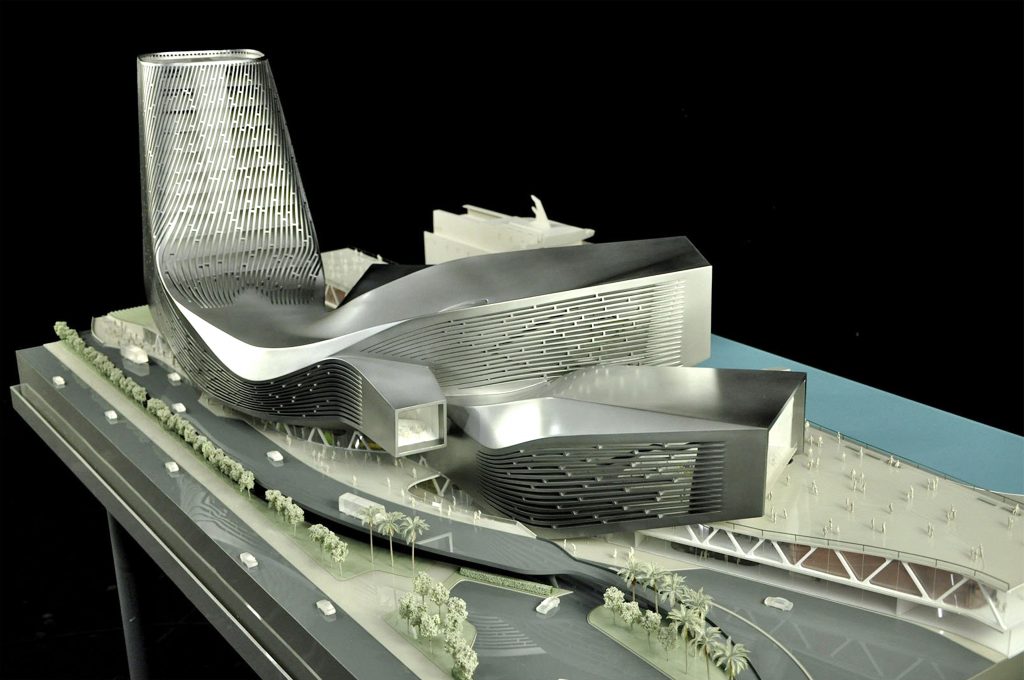An international, public, anonymous, single stage, conceptual architectural – urbanistic design Competition
This year the Think Space Programme is returning in form of a Special Edition Competition under the topic „THINK public SPACE“. The programme is shifting from its well known cycle format of Competitions to a single public, anonymous conceptual architectural Competition that will focus on urban public spaces.
On this occasion Think Space has teamed up with the City of Zagreb in an ambitious and comprehensive project of revitalization of public spaces in the City of Zagreb – „Zagreb for Me“, which is being executed by the Zagreb Society of Architects in cooperation with the Faculty of Architecture of the University of Zagreb and the City Acupuncture initiative. “Zagreb for Me” is a project that comprises 17 architectural – urbanistic design Competitions aiming at raising the quality of public spaces within an urban landscape through integrative architectural interventions engaging the public, experts as well as institutions within the process.
In this context Think Space will strive to seek out solutions for present-day public spaces on conceptual and theoretical levels. As the public space of a city is a key place of conflict of economical and political paradigms of the society the task is to respond to the question of architecture’s ability (as a specific discipline) to intervene in this process. What is actually the support and function of architecture in times of growing economical and political instability and its repercussions on public space? Is architecture forced to rely on its own knowledge, its own form in these times, or, and how to include other disciplines in co-creating the public sphere?
In accordance with the premises of THINK SPACE founded in 2010 by the Zagreb Society of Architects, progressive thinking about space and architecture is expected of the Competitors conducted through spatial-social experiments, which might be used as a bases for future research, studies, projects and realizations, possibly within Zagreb for Me project, erasing the limits between architecture and associated disciplines Following the start of the Competition we will be launching a Call for Papers soon after and will brief you on subjects and deadlines.
As before, professionals and students in architecture and related fields are eligible to participate in THINK public SPACE Competition as individual authors or as a team. We are promoting and welcoming interdisciplinary approach and whoever feels capable of submitting an entry that complies with the competition requirements is eligible to apply.
Participation is free of charge. The General Terms and the Competition Programme can be found at www.think–space.org . Registration and submission of Competition entries is done online through the Think Space web site.
Deadlines are as follows:
April 27th 2015 – Competition start
May 20th 2015 – Questions deadline
June 30th 2015 until 12.00 hours CET – Submission deadline
July 25th 2015 – Winners announced
If by the determined submission deadline at least six entries are received, that are professionally produced and comply with the Terms of the Competition, the Jury is obliged to award the following Prizes in exact amounts as follows:
            Number of Prizes         *Gros amount
I. Prize                 1                 5000 €
II. Prize                 1                 3000 €
III. Prize                 1                 1000 €
An international Jury is comprised of following members:
1. Aristide Antonas, PhD, University of Thessaly, Athens, Greece
2. Ana Dana Beroš, architect, Zagreb, Croatia
3. Izaskun Chinchilla Moreno, ETSAM / The Bartlett School of Architecture, Madrid, Spain
4. Jan Liesegang, Raumlabor, Berlin, Germany,
5. Karin Šerman, PhD, Architectural Faculty, University of Zagreb, Croatia
We are happy to be launching this Special Edition of THINK SPACE and hope we will be seeing many of you Think Spacers this time around as well. Stay tuned for updates about THINK SPACE Call for Papers. For any further information follow us on www.think–space.org.



























